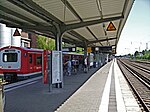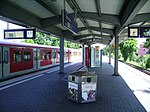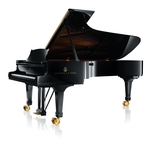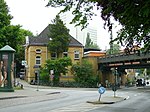Altona Volkspark
Altona, HamburgGerman garden stubsHamburg geography stubsParks in HamburgProtected areas established in 1914 ... and 1 more
Urban public parks

Altona Volkspark is a 205-hectare (507-acre) large urban park in the Hamburg district of Bahrenfeld, in the borough of Altona. Ahead of Hamburg Stadtpark, it is the largest park in the Free and Hanseatic City of Hamburg, Germany. Altona Volkspark is located some 3 km off the inner city. The largest parks in the city-center are Planten un Blomen and Alsterpark. Notably, Hamburger SV home ground Volksparkstadion, Barclaycard Arena and Volksbank Arena are located within the park's fringes.
Excerpt from the Wikipedia article Altona Volkspark (License: CC BY-SA 3.0, Authors, Images).Altona Volkspark
Nansenstraße, Hamburg Bahrenfeld (Altona)
Geographical coordinates (GPS) Address Nearby Places Show on map
Geographical coordinates (GPS)
| Latitude | Longitude |
|---|---|
| N 53.58028 ° | E 9.903611 ° |
Address
Nansenstraße 82
22525 Hamburg, Bahrenfeld (Altona)
Germany
Open on Google Maps










